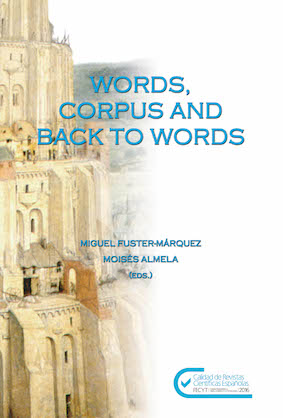Translator’s creativity in cultural elements transposition: a corpus-based study
DOI:
https://doi.org/10.7203/qf.22.11308Keywords:
corpus linguistics, translation studies, cultural elements, creativity, translation techniques Abstract
Abstract
This article presents a corpus-based study developed to determine the degree of creativity (as opposed to conventionalism) in the translation of cultural elements. Considering creativity as the use of those strategies that manipulate the lexical material of the source language, a literary corpus consisting of 50 novels (25 translations and 25 corresponding originals) was examined through corpus linguistics. Firstly, culture-specific elements were identified; secondly, translation strategies were determined; and finally, they were placed in conventional or creative groups. The results show that transposition of culture-specific elements is strictly related to creativity.
 Downloads
Downloads
Downloads
Published
How to Cite
-
Abstract743
-
PDF404
-
PDF (Español)921
-
PDF (Català)142
Issue
Section
License
 Este obra está bajo una licencia de Creative Commons Reconocimiento-NoComercial-SinObraDerivada 4.0 Internacional.
Este obra está bajo una licencia de Creative Commons Reconocimiento-NoComercial-SinObraDerivada 4.0 Internacional.
Authors who publish with this journal agree to the following terms:
- Authors retain copyright and grant the journal right of first publication with the work simultaneously licensed under a Creative Commons Attribution License that allows others to share the work with an acknowledgement of the work's authorship and initial publication in this journal.
- Authors are able to enter into separate, additional contractual arrangements for the non-exclusive distribution of the journal's published version of the work (e.g., post it to an institutional repository or publish it in a book), with an acknowledgement of its initial publication in this journal.
- Authors are permitted and encouraged to post their work online (e.g., in institutional repositories or on their website) prior to and during the submission process, as it can lead to productive exchanges, as well as earlier and greater citation of published work (See The Effect of Open Access).



